Why size doesn't matter if you've got some decorating derring-do
A small space can be just as appealing as a large one — as long as you decorate with confidence, says a new book.
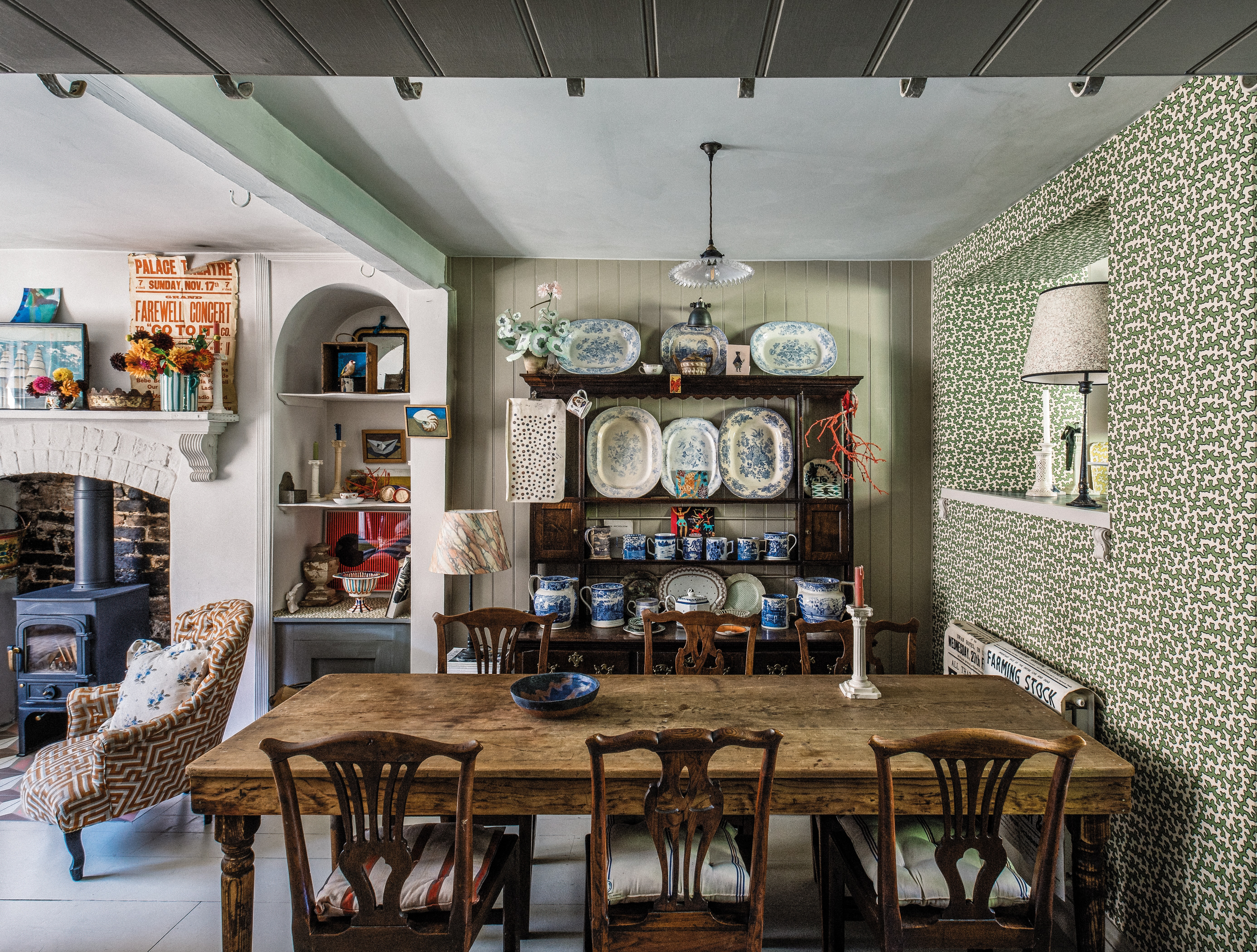

'Limited floor space doesn’t have to limit ambition,’ says Ros Byam Shaw, whose new book Perfect English Small and Beautiful offers an opportunity to explore a dozen tiny houses, many of which are under 1,000sq ft and decorated with a confidence not associated with rooms of such modest proportions.
The idea for the book dawned when she wrote a succession of magazine pieces about conspicuously tiny yet beautifully designed houses. ‘It made me realise that of all the houses I’ve visited over the years, it was the little ones that I loved the most,’ says Byam Shaw.
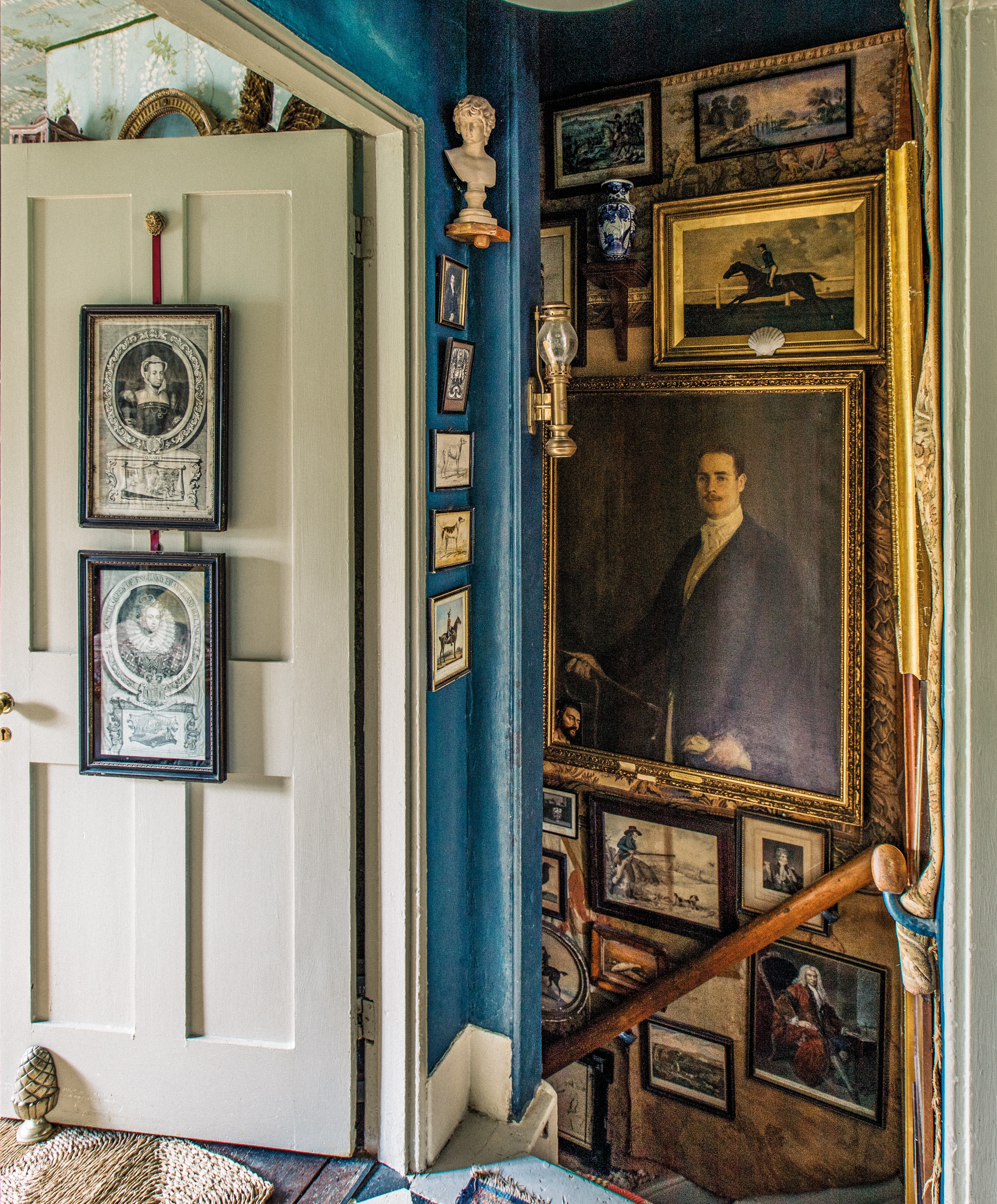
Will Le Clerc has made the most of ever surface inside his 19th century Kent cottage, where pictures are hung on doors
Particularly inspiring was a visit to furniture restorer Guy Marshall’s home in Shropshire. Although only 11½ft wide, its three diminutive rooms are filled with an expansive collection of Georgian furniture, china, clocks and paintings that would look at home in any of the country’s grandest country houses.
With a book commission under her arm, life imitated art and, shortly after signing the contract, she and her husband, Richard, decided it was time to let another family enjoy the east-Devon, Tudor-era house that had been their family home for the past 23 years. Having quickly secured a buyer, the couple found a smaller house from the same period on the other side of town.
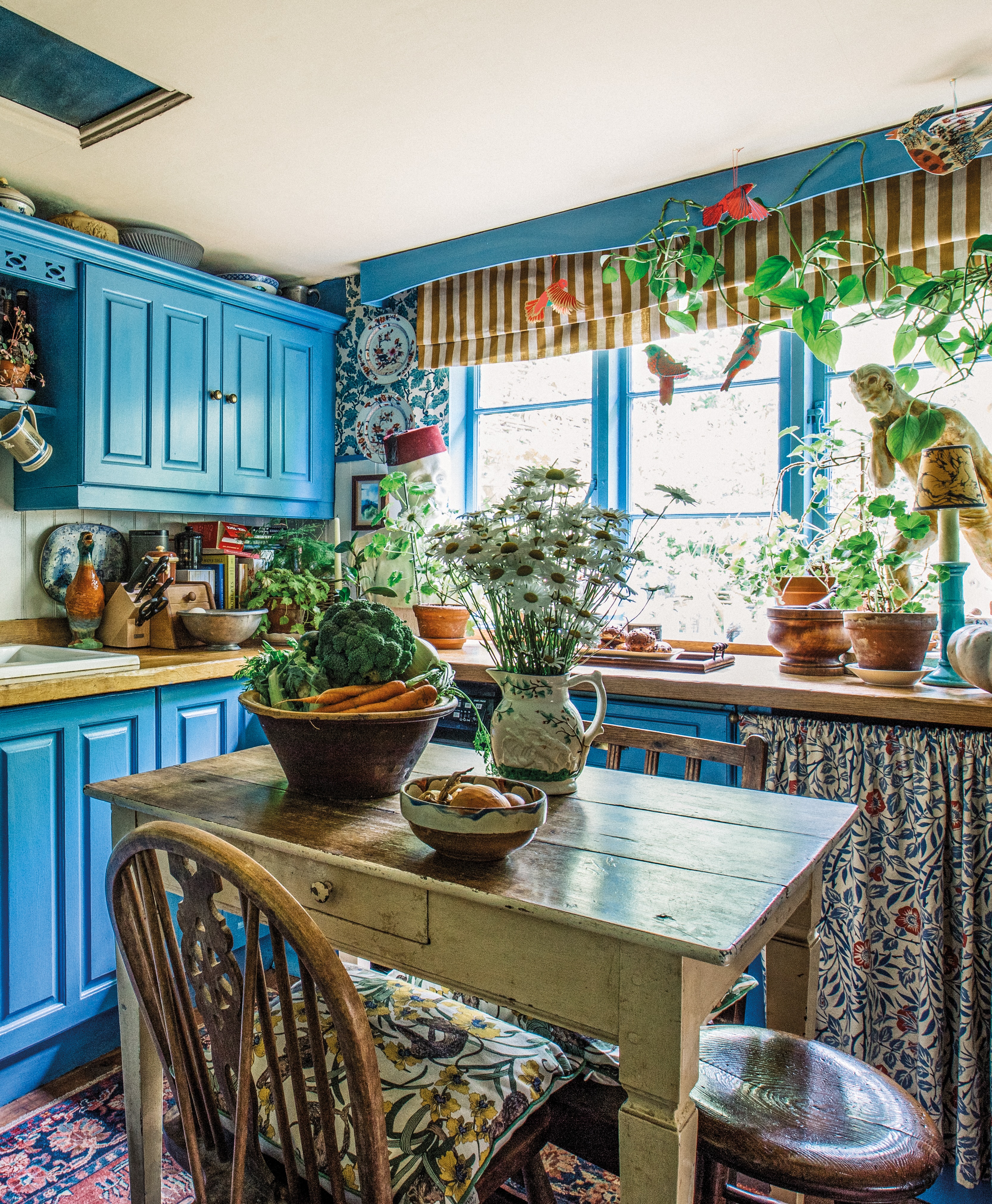
At approximately one-third of the size of the previous house, there was an urgent need to edit their possessions. ‘Working out what to keep and what to let go became a full-time job,’ explains Byam Shaw. ‘I lay awake at night thinking about what to do, but the deadline made me more decisive.’ Keen not to send anything useful to landfill, she rehomed approximately half the contents of the house with the help of antique dealers, websites and charity shops. Much of the remainder went into storage: ‘The amazing thing is that, except for some books and a few pictures, once something has gone into storage, you start to become detached and miss them less. It’s a good way to let things go.’
Of the many interiors books she has written, initial feedback suggests that this new arrival is resonating most with readers. ‘We all have a nesting instinct, which is why small houses have such appeal. It’s about feeling snug and cosy. When the weather is awful outside, a small house wraps itself around you. There are no distant corridors where wind whistles and rattles windows.’ She adds that there are also powerful environmental and economic attractions of a smaller property, notably lower heating bills.
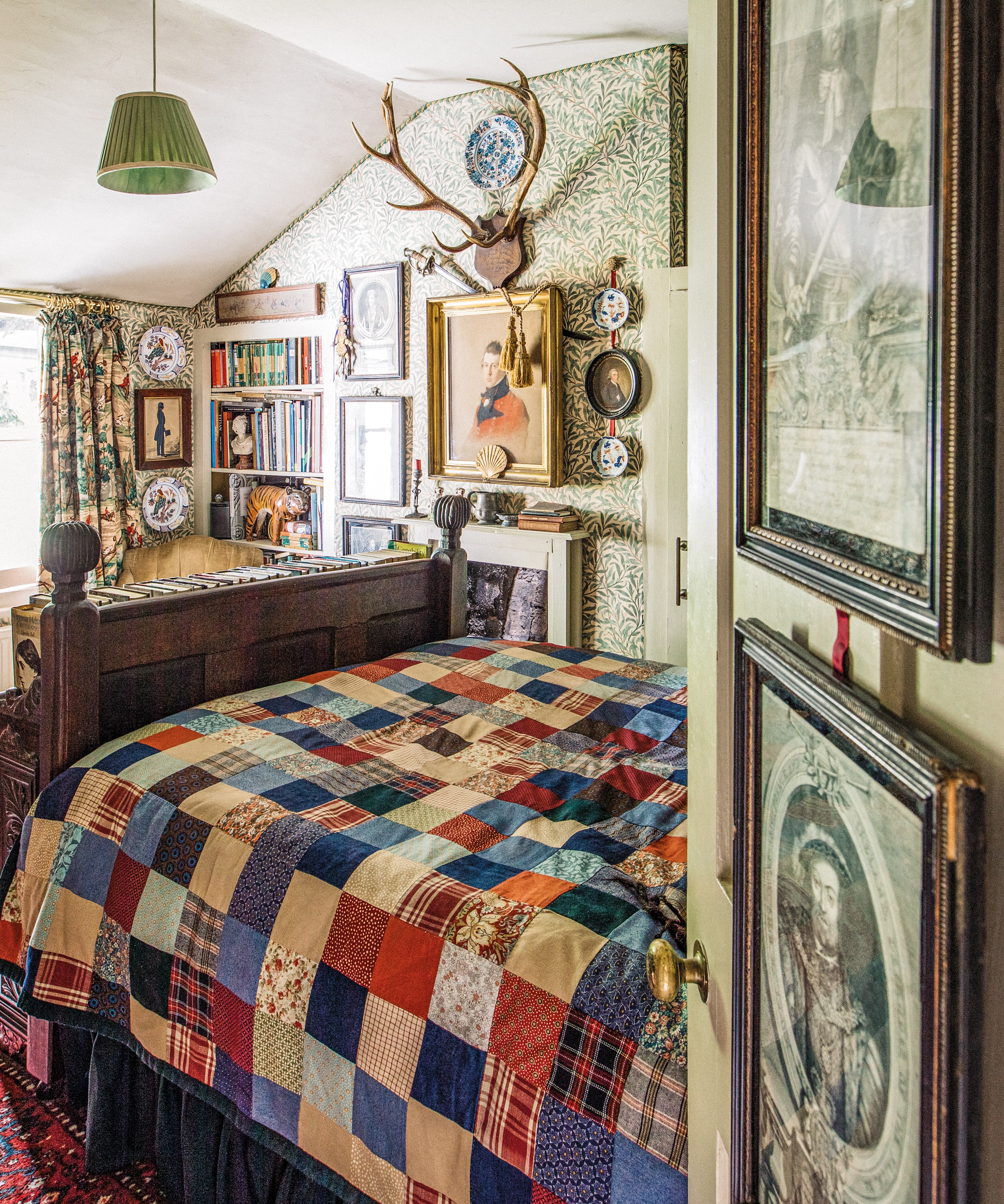
'Limited floor space doesn’t have to limit ambition,’ says Ros Byam Shaw
The houses in the book demonstrate eloquently how large pieces of furniture don’t have to make small spaces feel cramped. Providing the ceiling height allows, a grandfather clock can look as handsome in a cottage sitting room as in a hallway to a Georgian rectory.
Sign up for the Country Life Newsletter
Exquisite houses, the beauty of Nature, and how to get the most from your life, straight to your inbox.
And here’s the rub: it is ceiling height rather than floorspace in small houses that can be limiting. Some of the owners of homes featured in the book have remedied this by removing the ceilings and extending spaces vertically to the rafters. ‘If you can make up for what you lack in floorspace by creating ceiling height, it completely changes the room,’ says Byam Shaw. ‘It’s why the Brutalist architects of the Barbican were clever enough to include a barrel-vaulted ceiling in their smallest flats, creating a feeling of openness despite the modest square footage.’
A post shared by Jo Rodgers (@jo_rodgers)
A photo posted by on
Fundamental to the success of a small, but beautiful room is having enough storage to hide any retained clobber out of sight — be that in cupboards or well-designed joinery. Throughout the book, it’s clear that owners have used every nook, cranny, corner, back-of-door, over-door, under-stairs or under-bed area available.
Other ingenious ways of opening up wall space include re-hanging doors so that they open into a passage, hall or landing and exchanging doors for curtains. For anyone considering small-space living, this book offers plenty of delicious food for thought.
-
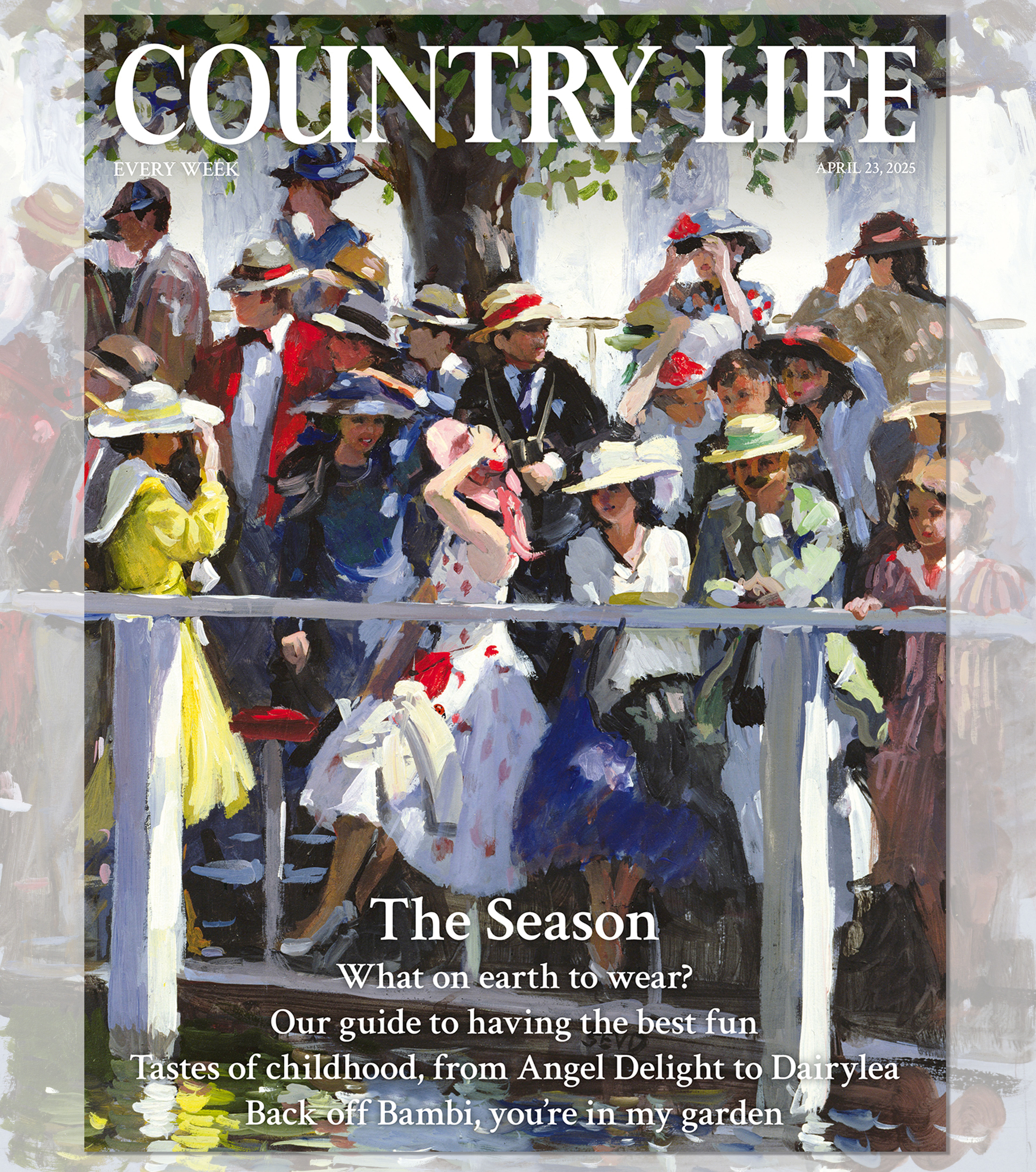 Country Life 23 April 2025
Country Life 23 April 2025Country Life 23 April 2025 looks at how to make the most of The Season in Britain: where to go, what to eat, who to look out for and much more.
By Toby Keel
-
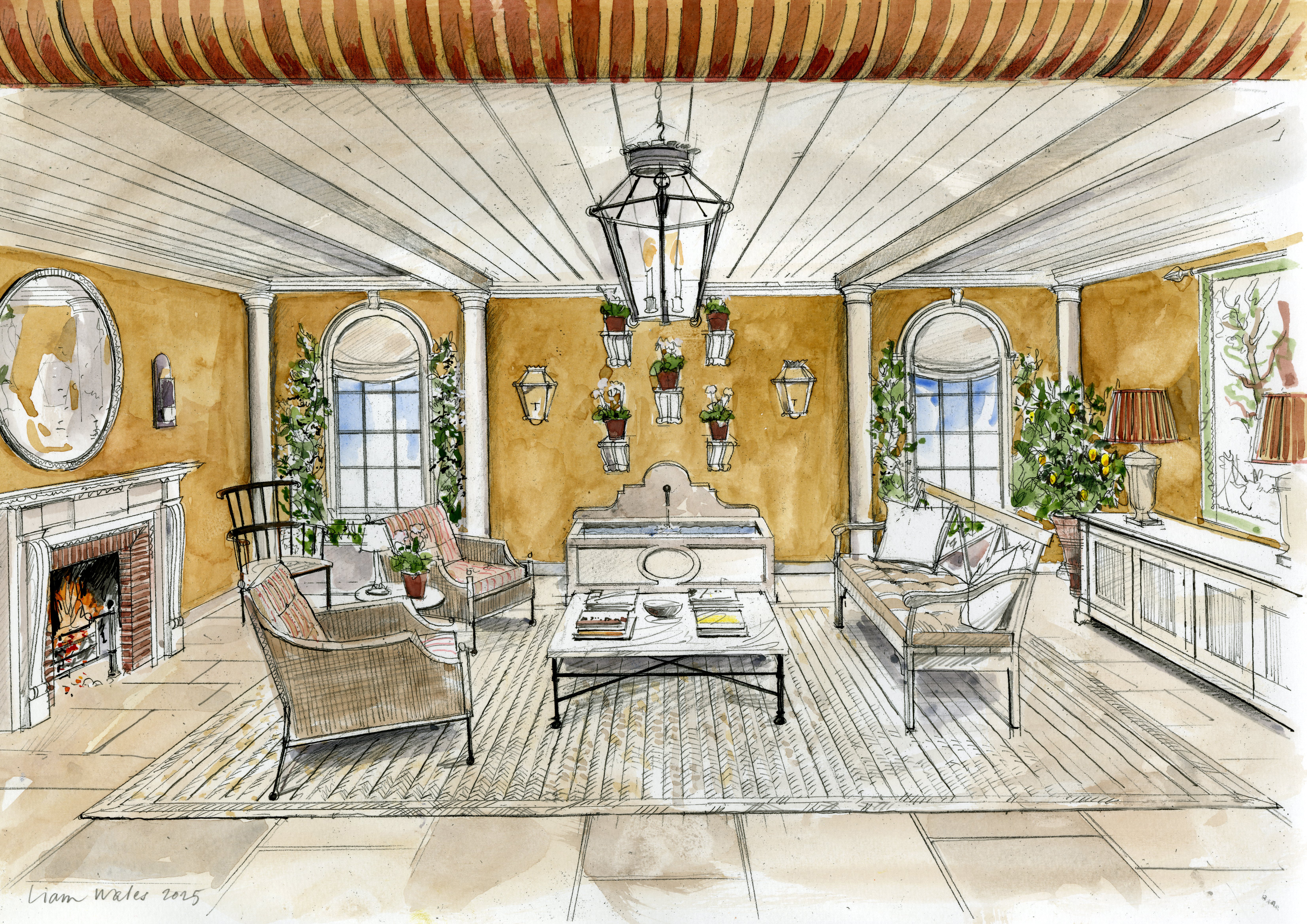 The big reveal: A first look at Country Life's RHS Chelsea Flower Show stand
The big reveal: A first look at Country Life's RHS Chelsea Flower Show standInterior designer Isabella Worsley reveals her plans for Country Life’s ‘outdoor drawing room’ at this year’s RHS Chelsea Flower Show.
By Country Life
-
 The big reveal: A first look at Country Life's RHS Chelsea Flower Show stand
The big reveal: A first look at Country Life's RHS Chelsea Flower Show standInterior designer Isabella Worsley reveals her plans for Country Life’s ‘outdoor drawing room’ at this year’s RHS Chelsea Flower Show.
By Country Life
-
 Sanderson's new collection is inspired by The King's pride and joy — his Gloucestershire garden
Sanderson's new collection is inspired by The King's pride and joy — his Gloucestershire gardenDesigners from Sanderson have immersed themselves in The King's garden at Highgrove to create a new collection of fabric and wallpaper which celebrates his long-standing dedication to Nature and biodiversity.
By Arabella Youens
-
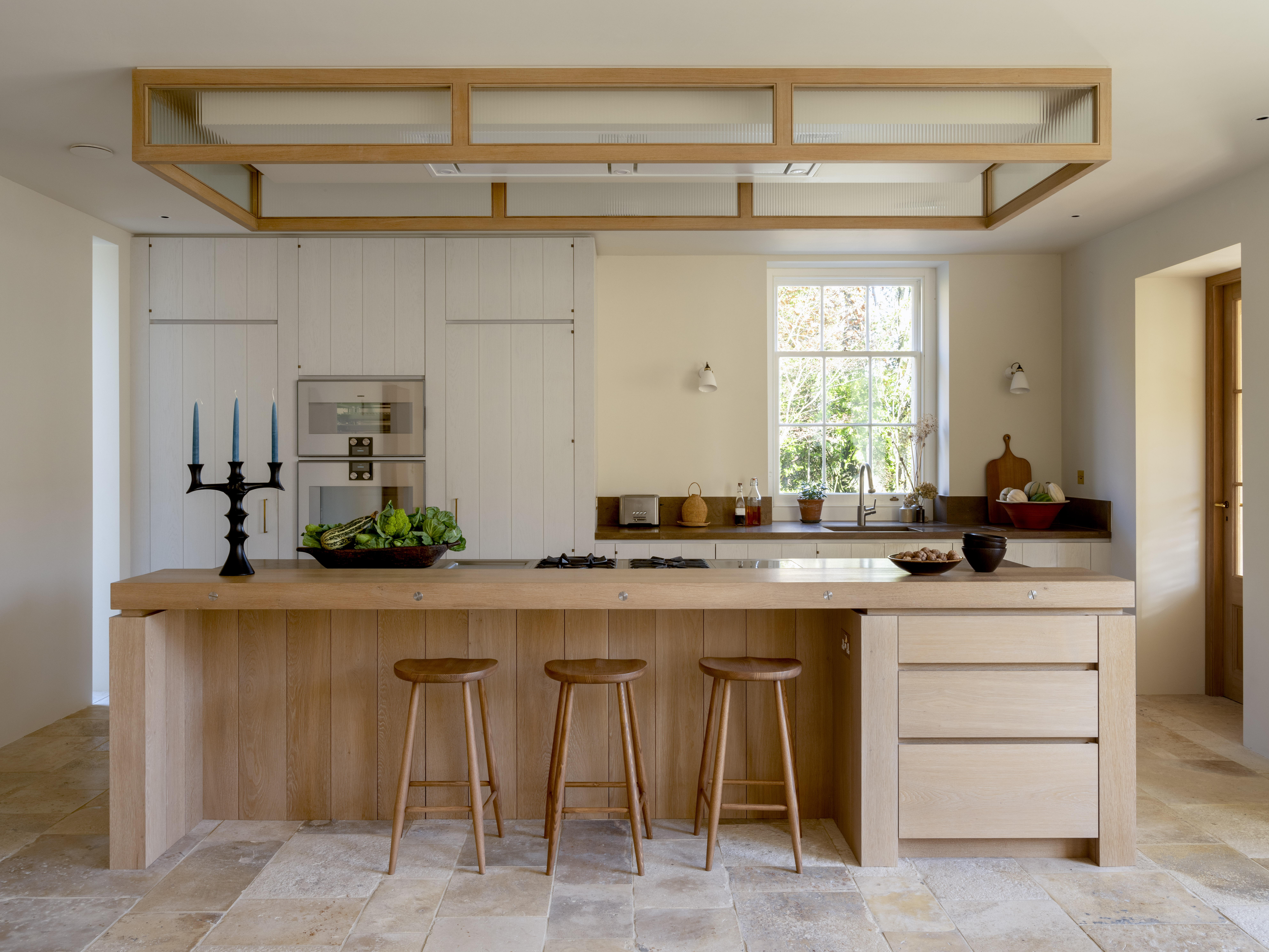 Designer's Room: A solid oak French kitchen that's been cleverly engineered to last
Designer's Room: A solid oak French kitchen that's been cleverly engineered to lastKitchen and joinery specialist Artichoke had several clever tricks to deal with the fact that natural wood expands and contracts.
By Amelia Thorpe
-
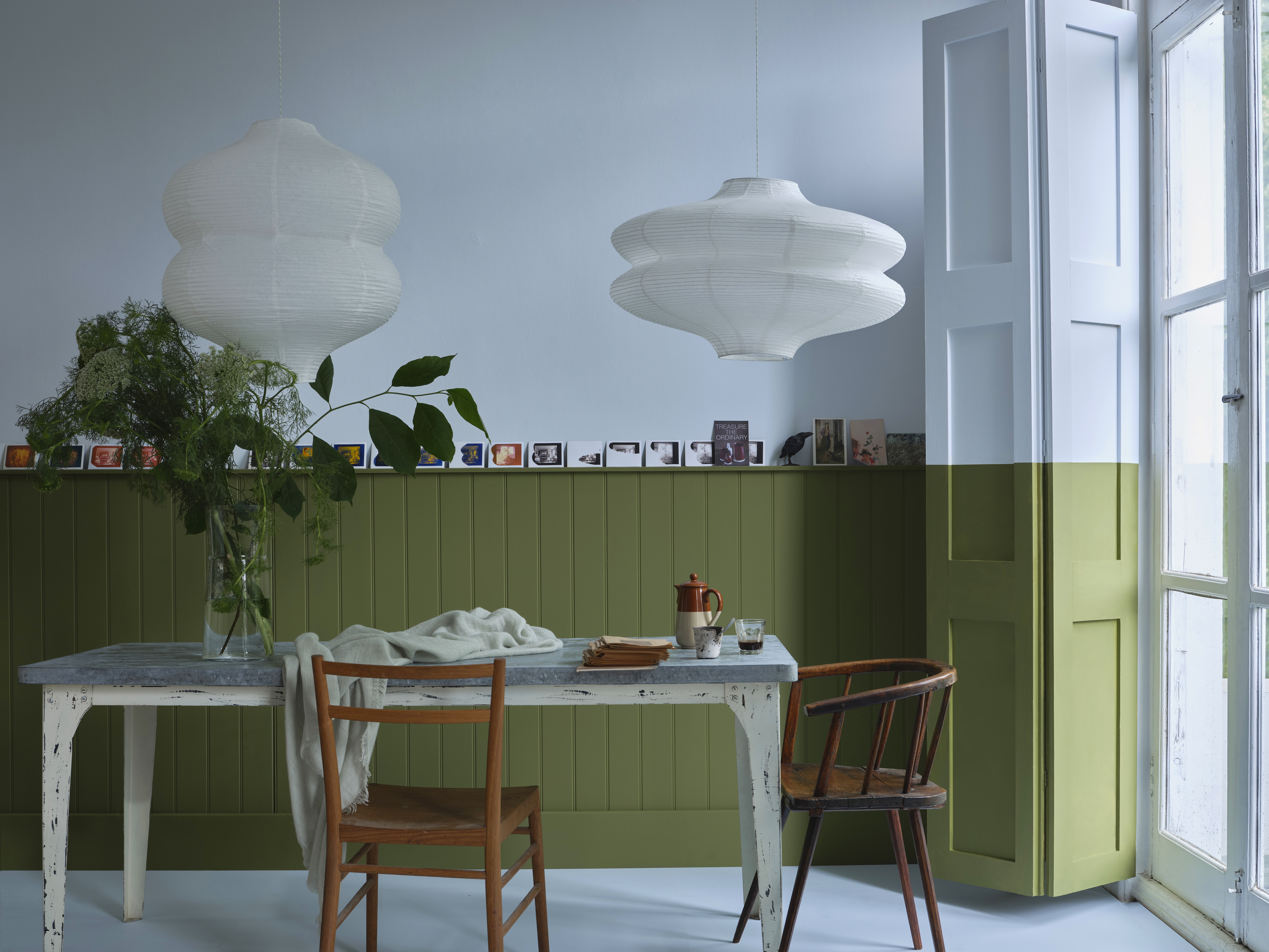 John Sutcliffe — The man, the myth and the paint-naming legend behind Dead Salmon and Elephant's Breath
John Sutcliffe — The man, the myth and the paint-naming legend behind Dead Salmon and Elephant's BreathBy Carla Passino
-
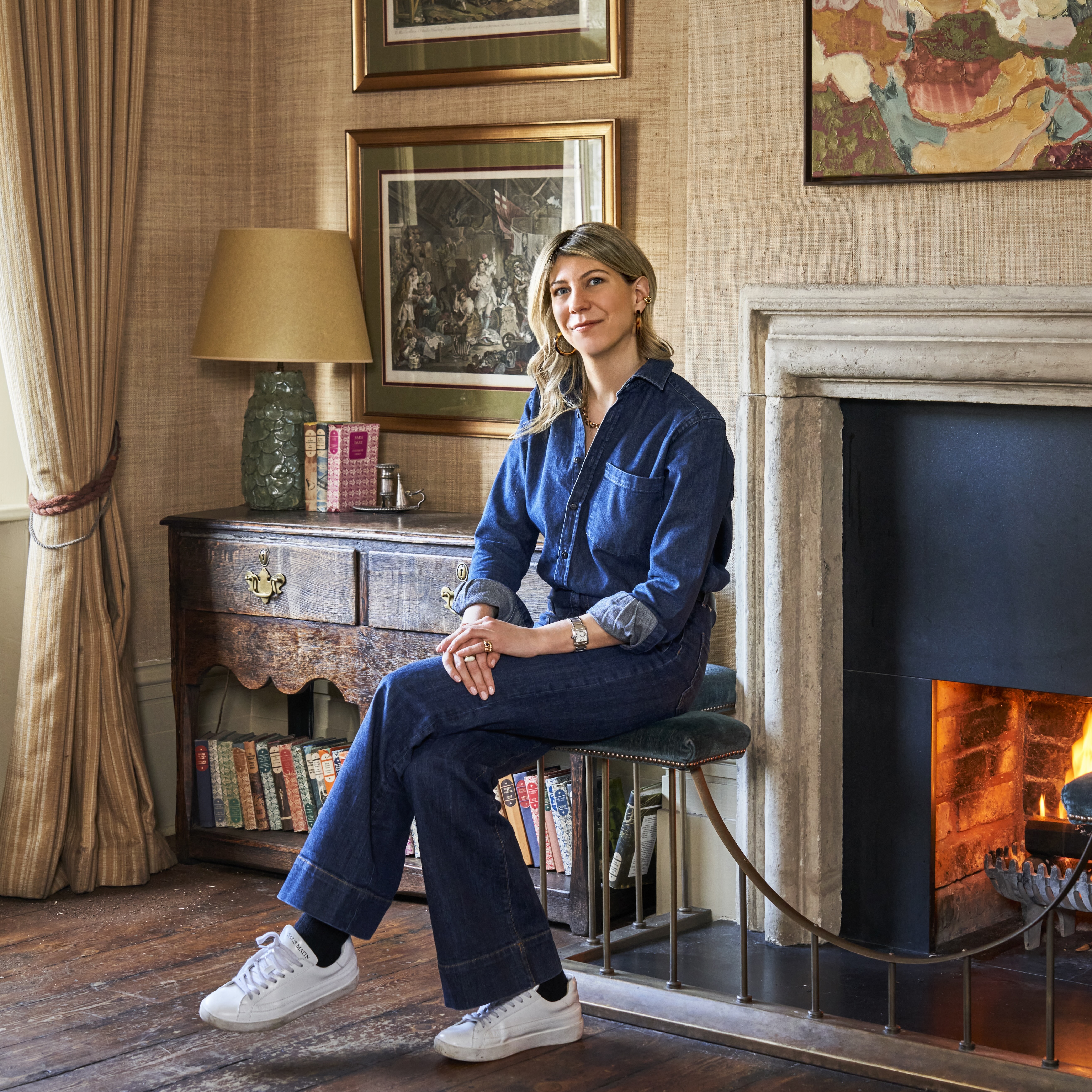 The power of the youthful gaze: A new generation tackles modern day design conundrums
The power of the youthful gaze: A new generation tackles modern day design conundrumsHow is a new generation of interior designers responding to changing lifestyles, proliferating choice, the challenges of sustainability and the tireless demands of social media?
By Arabella Youens
-
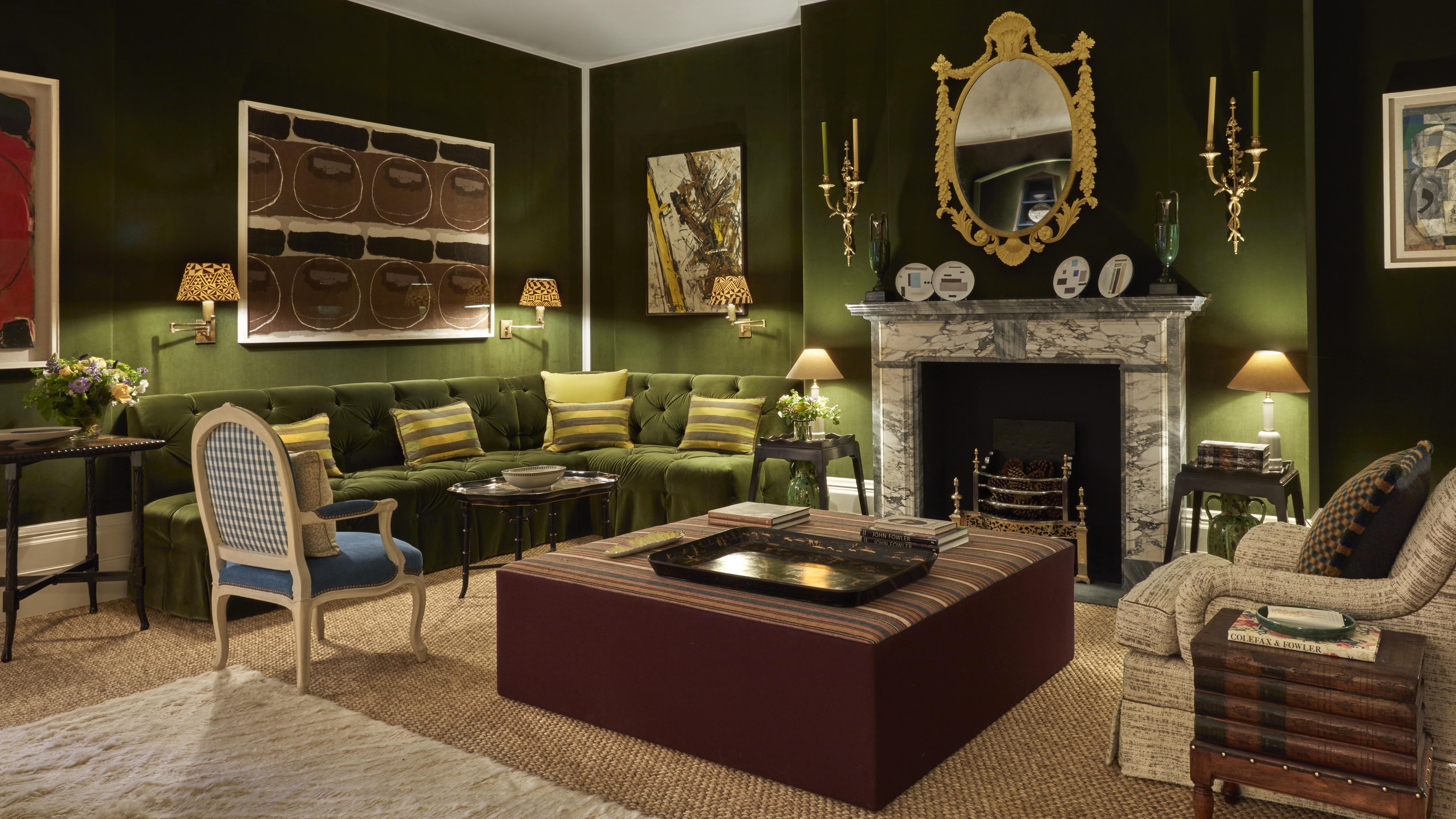 'Rooms can be theatrical and comfortable at the same time': Top tips for decorating with conversation in mind
'Rooms can be theatrical and comfortable at the same time': Top tips for decorating with conversation in mindCarefully placed furniture encourages conversations, says Emma Burns, of Sibyl Colefax & Fowler
By Country Life
-
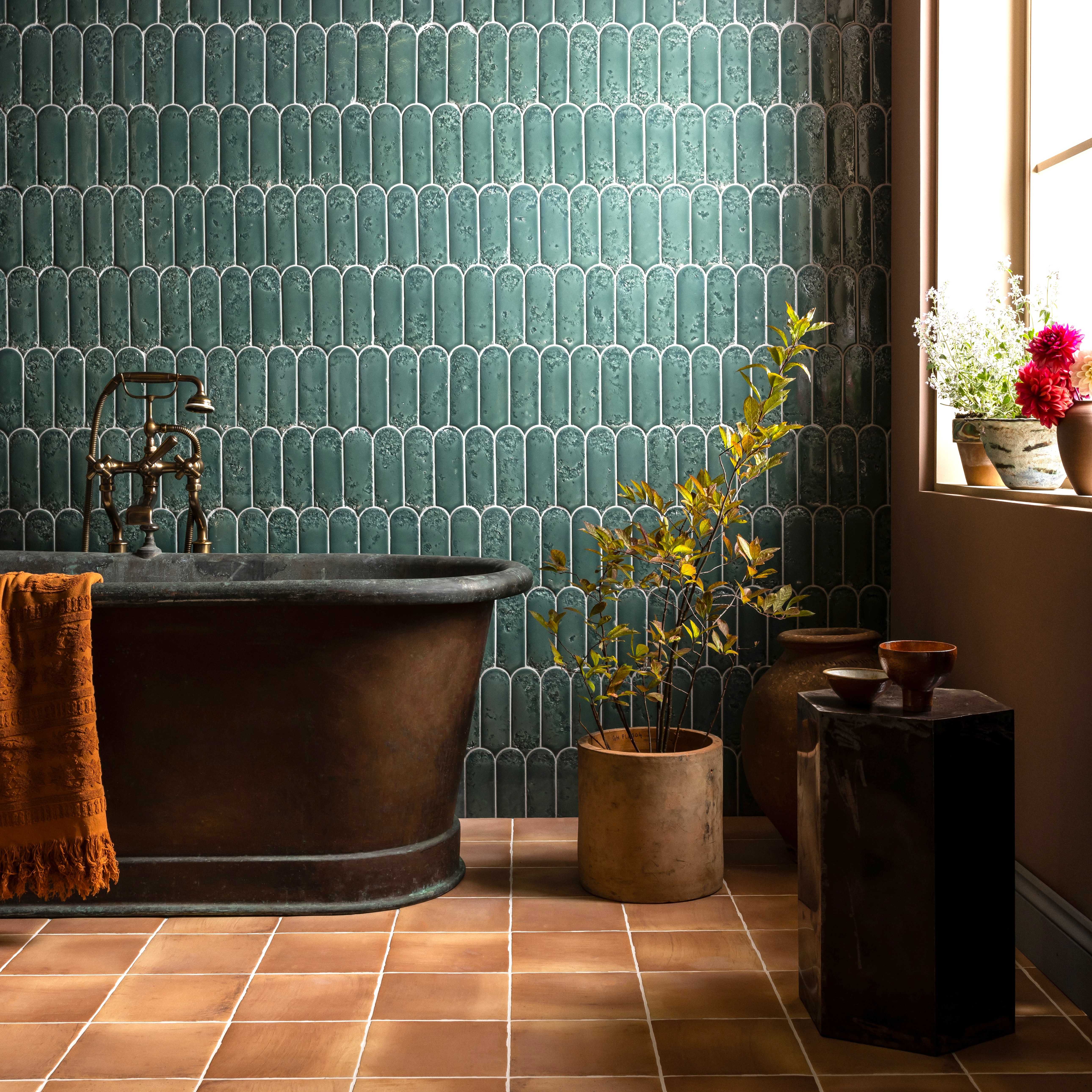 A tub carved from a single block of San Marino marble — and nine more beautiful things for the ultimate bathroom
A tub carved from a single block of San Marino marble — and nine more beautiful things for the ultimate bathroomThere's a bathroom out there for everyone — whatever your preferred style.
By Amelia Thorpe
-
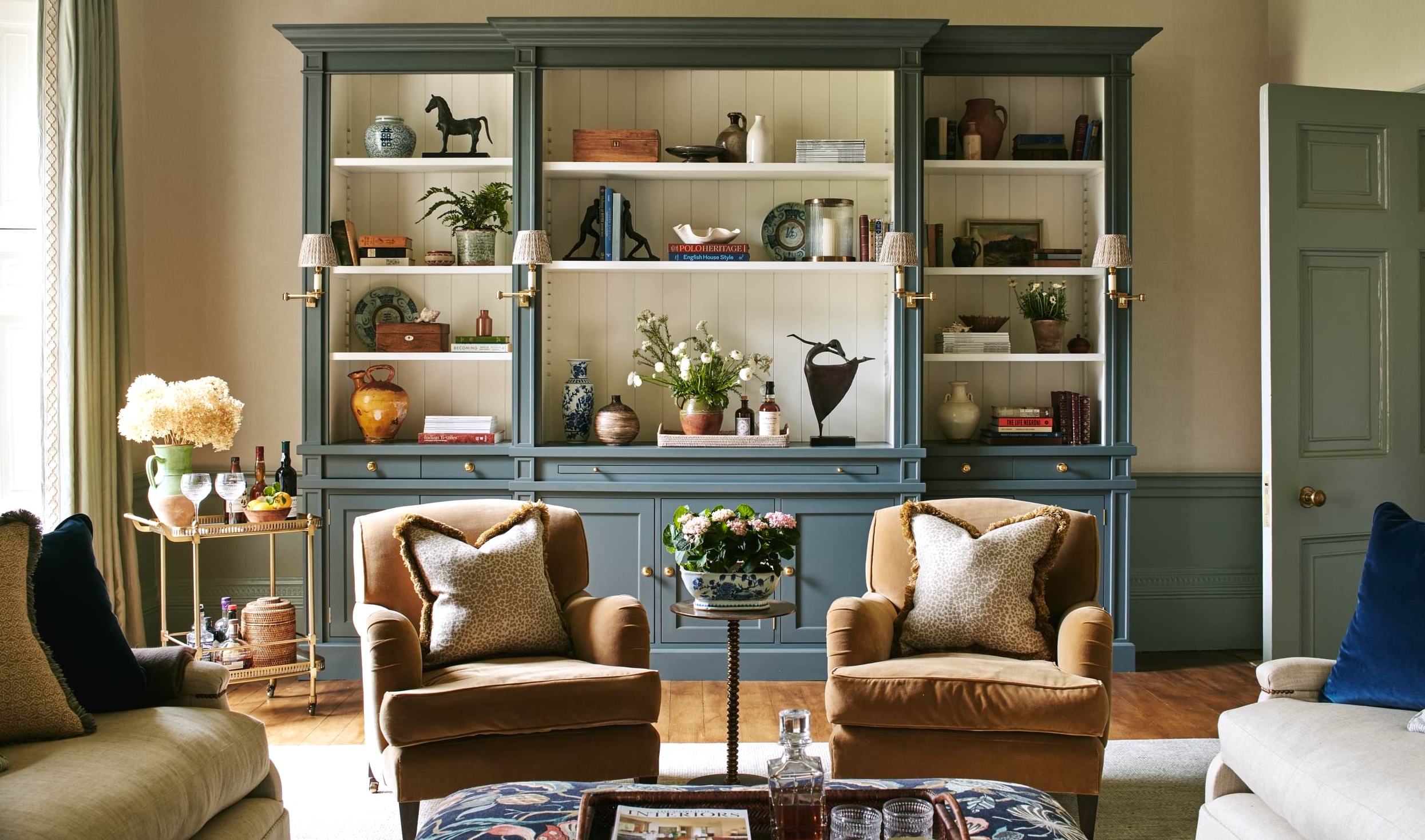 In search of the perfect comfy armchair
In search of the perfect comfy armchairWhat makes the ideal cosy, comfortable armchair? Arabella Youens asks some of Britain's top furniture experts to find out.
By Arabella Youens